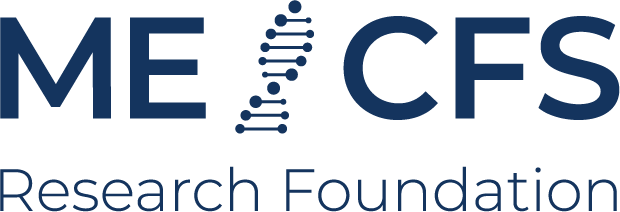Post-COVID exercise intolerance is associated with capillary alterations and immune dysregulations in skeletal muscles
About
Link
Abstract
The SARS-CoV-2 pandemic not only resulted in millions of acute infections worldwide, but also in many cases of post-infectious syndromes, colloquially referred to as "long COVID". Due to the heterogeneous nature of symptoms and scarcity of available tissue samples, little is known about the underlying mechanisms. We present an in-depth analysis of skeletal muscle biopsies obtained from eleven patients suffering from enduring fatigue and post-exertional malaise after an infection with SARS-CoV-2. Compared to two independent historical control cohorts, patients with post-COVID exertion intolerance had fewer capillaries, thicker capillary basement membranes and increased numbers of CD169+ macrophages. SARS-CoV-2 RNA could not be detected in the muscle tissues. In addition, complement system related proteins were more abundant in the serum of patients with PCS, matching observations on the transcriptomic level in the muscle tissue. We hypothesize that the initial viral infection may have caused immune-mediated structural changes of the microvasculature, potentially explaining the exercise-dependent fatigue and muscle pain.
Authors (all)
Tom Aschman, Emanuel Wyler, Oliver Baum, Andreas Hentschel, Rebekka Rust, Franziska Legler, Corinna Preusse, Lil Meyer-Arndt, Ivana Büttnerova, Alexandra Förster, Derya Cengiz, Luiz Gustavo Teixeira Alves, Julia Schneider, Claudia Kedor, Judith Bellmann-Strobl, Aminaa Sanchin, Hans-Hilmar Goebel, Markus Landthaler, Victor Corman, Andreas Roos, Frank L Heppner, Helena Radbruch, Friedemann Paul, Carmen Scheibenbogen, Nora F Dengler, Werner Stenzel
Linked author profiles see list below.
Research projects
This publication has no research projects linked or they are not public yet.
